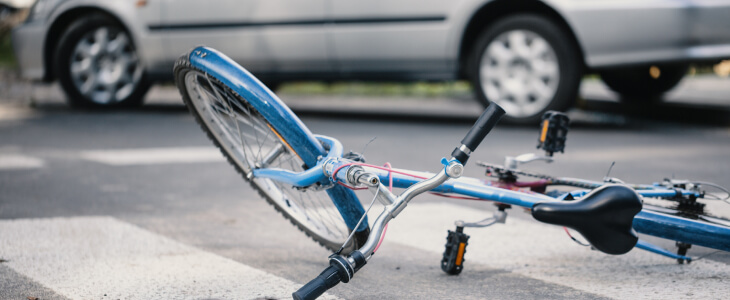Have you ever found yourself pedaling along a bustling street or cruising through a quiet neighborhood, only to question who really has the right of way? This common quandary isn’t just a matter of curiosity; it’s an important aspect of ensuring safety for both bicyclists and drivers. With roads increasingly shared between cars and bikes, knowing the rules can be the difference between a peaceful ride and a potential mishap. In this blog, we’ll examine right-of-way regulations, trying to clear up any confusion so that we can keep our streets safer for everyone.
Understanding Right of Way
Right of way might seem like a straightforward concept, but on our busy roads, it’s layered with nuances that both bicyclists and drivers need to grasp. Essentially, it determines who has the priority to proceed first in various traffic situations, aiming to prevent accidents by establishing clear rules. For cyclists, blending into the flow of traffic while asserting their rightful place on the road can be challenging, especially with the common misconception that bikes are secondary to motor vehicles. However, the reality is quite the opposite. Under Mississippi law, bicycles are granted the same legal status as any motor vehicle, meaning they’re entitled to use the roadways, with certain exceptions, and must adhere to the same rules. Understanding this equality is the first step in promoting respect and safety for all road users.
Key Right-of-Way Rules for Bicyclists and Drivers
Navigating the roads safely requires both bicyclists and drivers to understand and respect key right-of-way rules. Here are some essential guidelines to keep in mind:
- At Stop Signs and Signals: Bicyclists must come to a complete stop at stop signs and red lights, just like any other vehicle. The first to arrive is the first to proceed, following the same protocols as motor vehicles. When turning at intersections, drivers should yield to bicyclists as they would to other vehicles, especially when the cyclist is proceeding straight through the intersection.
- Bike Lanes and Shared Roads: Drivers must yield to cyclists in bike lanes. It’s illegal to block these lanes or turn across them without ensuring they are clear of bicyclists. When sharing the road, drivers should give cyclists the same respect and space they would offer another vehicle. This includes passing safely and not crowding the cyclist.
- Yielding When Entering or Exiting Roads: Both drivers and bicyclists must yield to traffic already on the main road when entering from a driveway or side street. Cyclists should also be given the right of way when vehicles are entering or exiting driveways, ensuring they can proceed safely without unexpected interruptions.
Common Causes of Right-of-Way Bicycle Accidents
Common causes of right-of-way bicycle accidents often stem from misunderstandings or disregard for traffic rules. These incidents can lead to serious injuries, highlighting the need for heightened awareness and caution. Key factors include:
- Turning Vehicles: Accidents frequently occur when drivers fail to see cyclists while making turns, particularly right turns, cutting off the cyclist’s path.
- Stop Sign/Light Violations: Both drivers and cyclists sometimes ignore stop signs and red lights, leading to collisions. All parties must adhere to these traffic controls to prevent accidents.
- Failure to Yield: Drivers not yielding to cyclists when required, such as at crosswalks or when merging into bike lanes, is a common issue. This also includes cyclists not yielding to vehicles when they do not have the right of way.
- Inattention and Distraction: Both motorists and cyclists can be guilty of inattention or distraction, failing to notice the other until it’s too late.
What to Do If You’re Involved in a Bicycle Accident
If you’re involved in a bicycle accident, your immediate steps are important for your safety and any potential legal action. First, ensure you are out of danger and seek medical attention, even if injuries seem minor. Then, document the scene: take photos of your bike, the vehicle, any visible injuries, and the surroundings. Exchange information with the other party but avoid discussing fault at the scene. Contact the police to report the accident, ensuring there’s an official record. Lastly, consider consulting with a personal injury attorney to discuss your rights and options.
Contact an Experienced Bicycle Accident Attorney
At Chatham Gilder Howell Pittman, we’re dedicated to defending the rights of bicyclists who’ve been injured on the road. Our experienced team offers personalized legal guidance, aiming to secure the compensation you deserve. Don’t navigate this challenging time alone; contact us today to see how we can assist you in your recovery.

